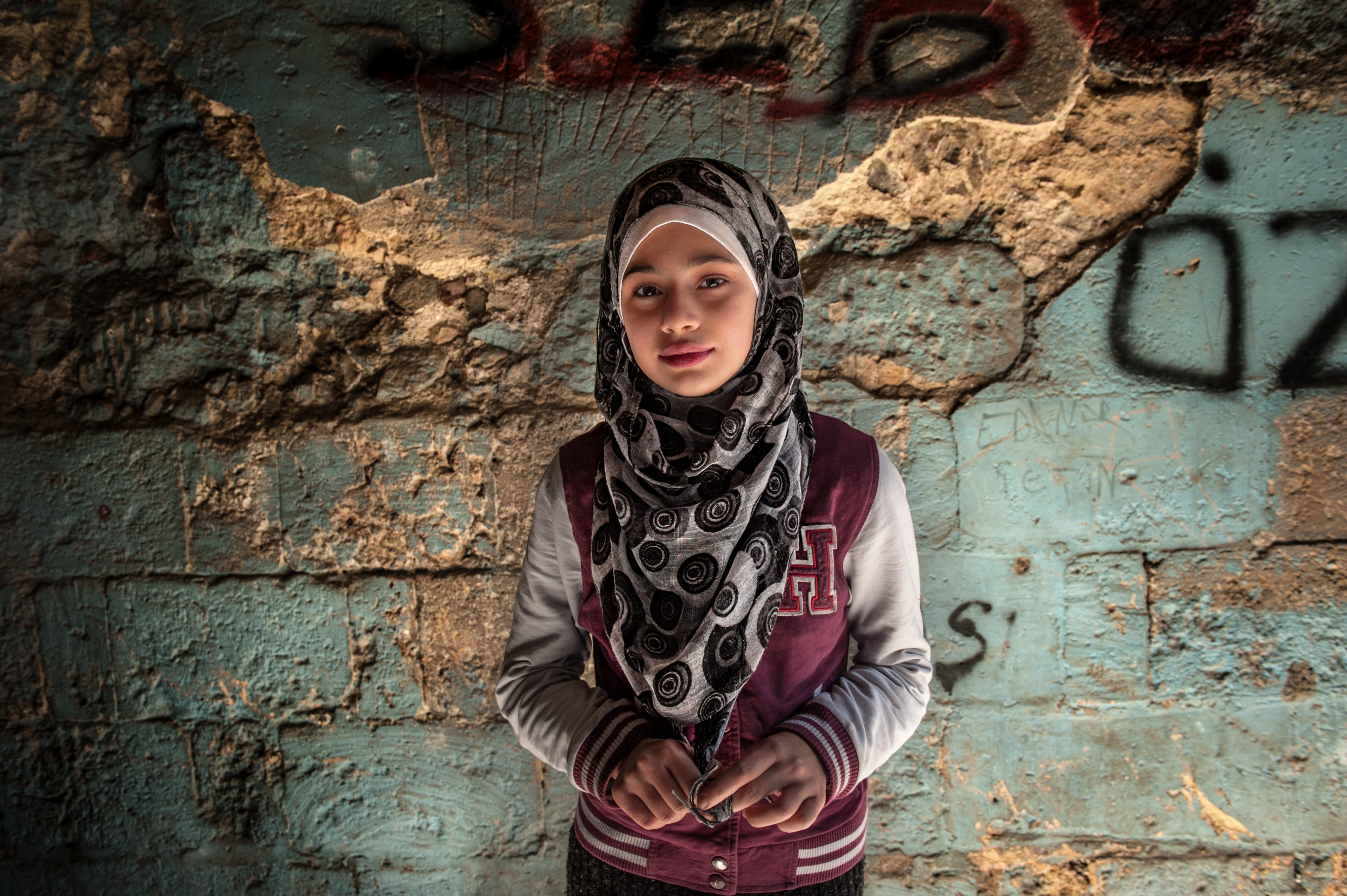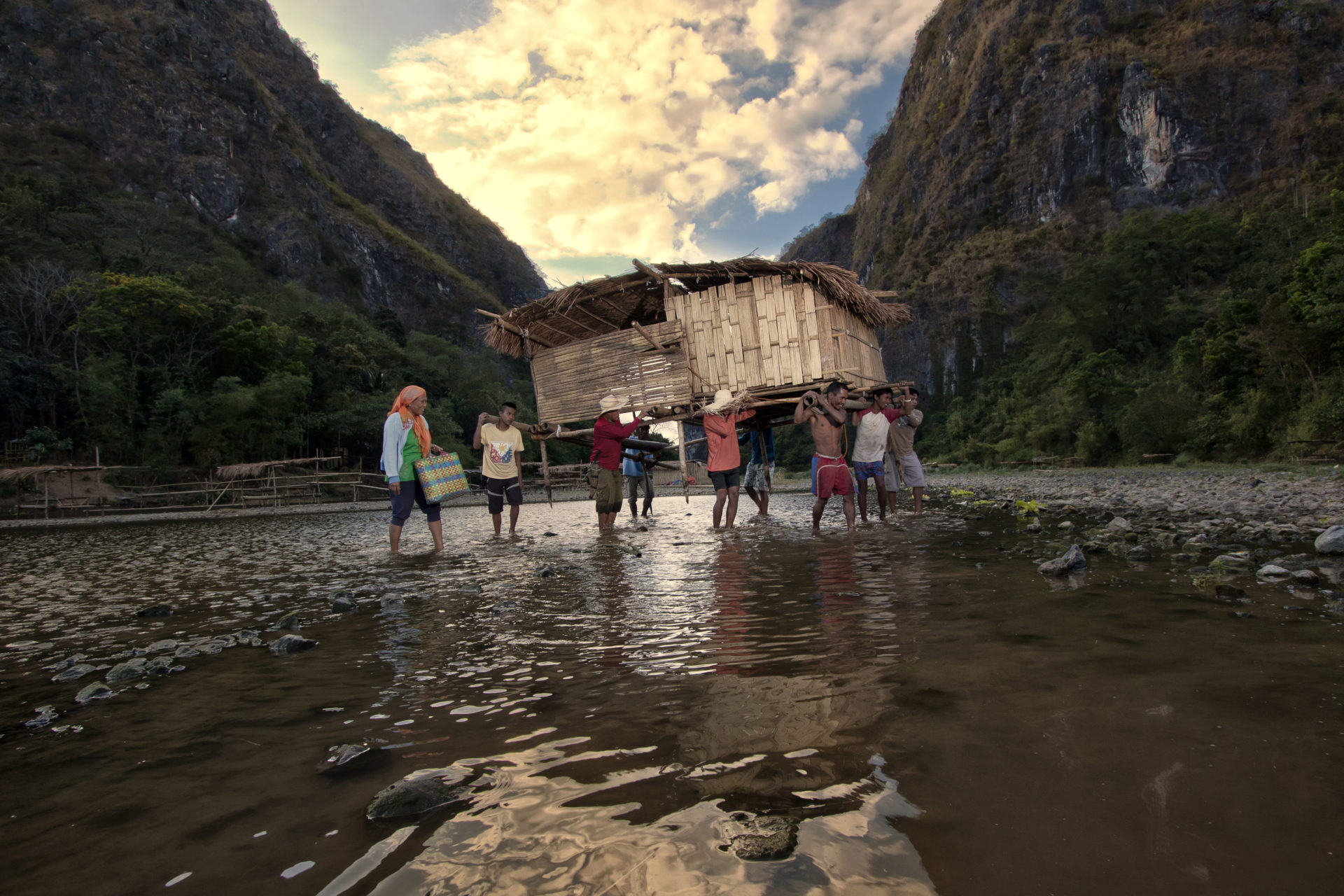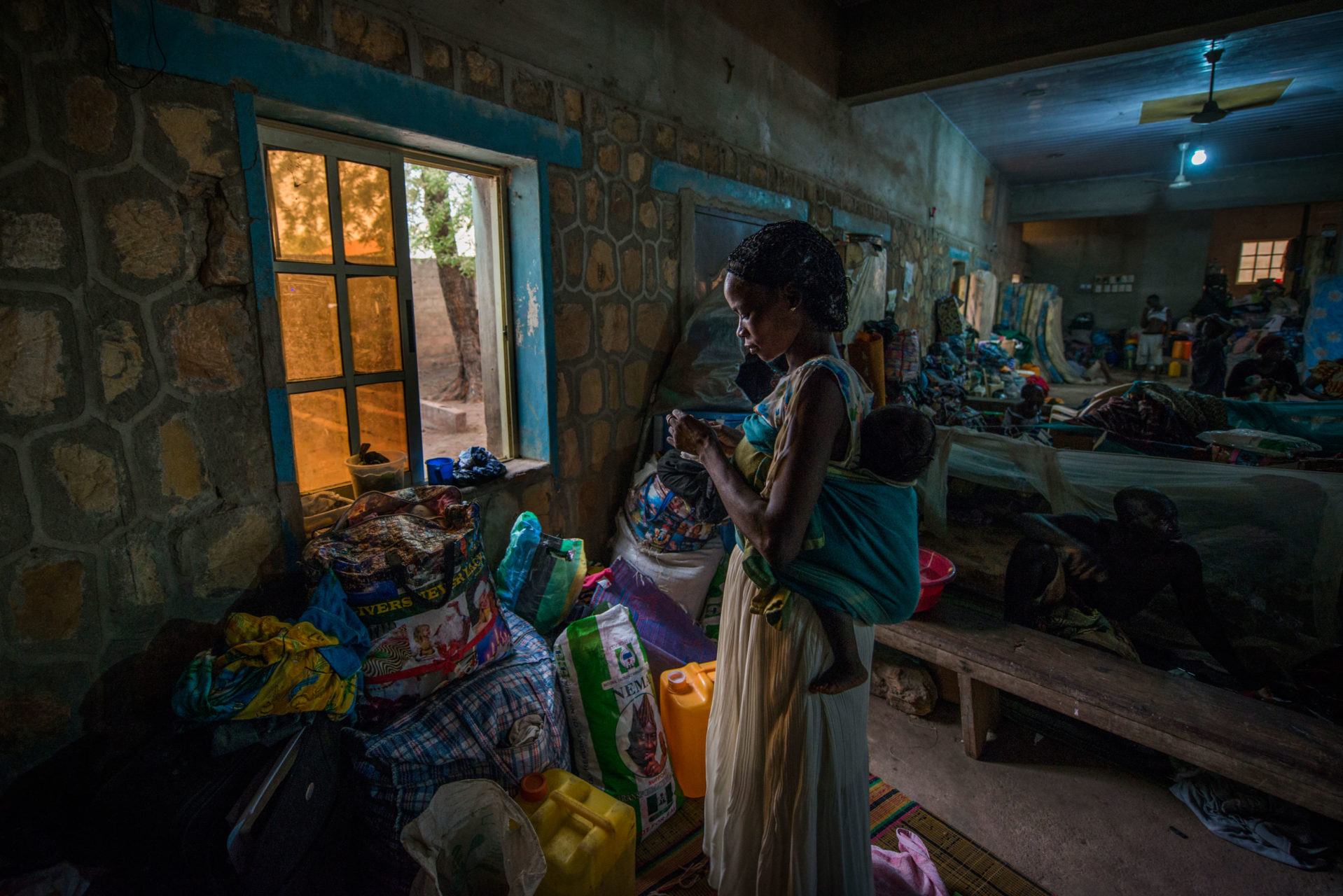
Disaster and Climate Related Displacement and Migration
More extreme weather and other adverse effects linked to climate change are increasingly affecting displacement and migration and undermining human security. Upward of 20 million people each year on average are displaced by floods, hurricanes, cyclones, droughts, and other weather-related disasters. Meanwhile, environmental degradation and slow-onset changes such as coastal erosion and sea-level rise are increasingly forcing significant numbers of people from their homes. Disproportionately affected are disadvantaged and vulnerable populations, indigenous peoples, and local communities dependent on agriculture or coastal livelihoods to survive. Least-developed, fragile, and conflict-ridden countries face the greatest challenges in adapting and responding to disasters and other climate-related shocks.

Disaster Risk Reduction
The United States continues to respond generously when disasters strike and is a lead donor in emergency response funding for humanitarian crises brought on by natural hazards. Nonetheless, more investments are needed in disaster risk reduction and specifically, in measures to minimize vulnerability and exposure, and avert disaster-related displacement. In addition, more focus is needed on ensuring that the affected households are supported to recover in the wake of disasters and are not left more vulnerable to the next crisis. Investments in disaster preparedness and programs that build the resilience of vulnerable communities to weather- and climate-related shocks are necessary not only to save lives and minimize forced displacement and migration but also to safeguard hard-won development gains.
Building the Resilience of Vulnerable Communities
USAID’s focus on building the resilience of vulnerable communities in parts of the globe subject to recurrent crises and climate-related shocks, such as the Horn of Africa and the Sahel region of West Africa is highly welcome. However, given the anticipated increase in the frequency and force of climate-related shocks and stresses in the future, resilience interventions will need to be significantly scaled up to stay ahead of these trends. Programs such as the World Bank’s Productive Safety Net Program (PSNP) in Ethiopia have proved effective in containing the humanitarian caseload during droughts and food crises but have yet to reverse the overall trend of increased numbers of people in need of emergency assistance.

Enhancing International Cooperation to Address Those Uprooted by Disasters and Climate Change: The Global Compact for Safe, Orderly, and Regular Migration
While disasters and climate change effects – either alone or in combination with other factors – threaten to increasingly drive international migration, people who cross international borders in these contexts are not entitled to international protection under the 1951 Refugee Convention or its 1967 Protocol. Enhanced international cooperation is needed to address the gaps in the international law and policy frameworks for protecting people uprooted in the context of disasters and climate change.
The final draft of the UN Global Compact for Safe, Orderly, and Regular Migration, which governments will adopt in December 2018, presents an important opportunity to facilitate international cooperation among governments to both address disasters and climate change as drivers of migration, and to enhance pathways for safe and legal migration for those uprooted in these contexts. While the United States did not join the intergovernmental process to develop the GCM, members of Congress are encouraged to support its implementation and the nonbinding commitments and measures therein to ensure that migration occurs in a safe, orderly, and legal manner.
Resources for Congressional Staff
Groundswell: Preparing for Internal Climate Migration. World
Bank Group, 2018. Study of climate change impacts on internal displacement globally concludes that by 2050, 143 million people likely to be forced to move due to the adverse effects of climate change.
Ensuring that the Global Compacts on Refugees and Migrants
Deliver. Refugees International, 2018. Issues brief outlining the key achievements and challenges for the UN Global Compact on Safe, Regular and Orderly Migration.
Words into Action Guidelines – Disaster displacement: How to reduce risk, address impacts and strengthen resilience. UNISDR, 2018. Guidelines for implementing target E (displacement) of the Sendai Framework for Disaster Risk Reduction 2015-2030.